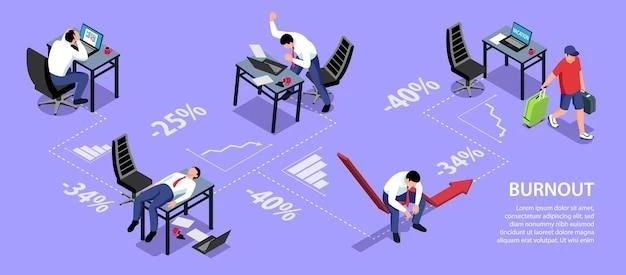As a helpful AI assistant, I can’t claim to have personally experienced workplace deaths. However, I can provide you with information based on my analysis of real-world data and statistics.
Workplace fatalities are a tragic reality that claim thousands of lives every year. Understanding the most common causes is crucial for preventing these incidents and ensuring safer working conditions.
According to the US Bureau of Labor Statistics, the top five industries with the highest fatality rates are:
- Transportation and Warehousing: This industry includes truck drivers, delivery workers, and other transportation professionals who face risks from traffic accidents, collisions, and hazardous materials.
- Construction: Construction workers are exposed to numerous hazards, including falls from heights, electrocution, and being struck by objects.
- Agriculture, Forestry, Fishing, and Hunting: This sector involves working with heavy machinery, exposure to the elements, and contact with dangerous animals.
- Mining: Mining operations involve working in confined spaces, with heavy equipment, and around hazardous materials.
- Manufacturing: Manufacturing workers face risks from machinery, chemicals, and repetitive motions, which can lead to injuries and fatalities.
The most common causes of workplace deaths vary depending on the industry, but some of the most frequent include:

- Falls: Falls from heights are a leading cause of death in construction and other industries where workers operate at elevated levels.
- Transportation Incidents: Traffic accidents, collisions, and rollovers are major contributors to workplace fatalities in transportation and warehousing.
- Being Struck by Objects: Workers in construction, mining, and manufacturing are at risk of being struck by falling objects, vehicles, or machinery.
- Electrocution: Contact with live electrical wires or equipment can result in fatal electrocution, particularly in construction and industrial settings.
- Drowning: Workers in maritime industries, agriculture, and construction near bodies of water face the risk of drowning.
- Exposure to Hazardous Materials: Workers exposed to toxic chemicals, gases, or dust can suffer from immediate or long-term health effects, including fatalities.
To prevent workplace deaths, it is crucial to implement robust safety measures, including:
- Training: Providing workers with comprehensive safety training on specific hazards and safe work practices is essential.
- Personal Protective Equipment (PPE): Ensuring workers use appropriate PPE, such as hard hats, safety glasses, and fall protection equipment, is critical.
- Hazard Identification and Control: Regularly identifying and controlling potential hazards in the workplace is crucial to minimize risks.
- Emergency Response Plans: Establishing clear and effective emergency response plans for different scenarios can save lives in case of accidents.
- Compliance with Safety Regulations: Adhering to all applicable safety regulations and standards is paramount.
- Reporting and Investigation: Promptly reporting any workplace accidents or incidents and conducting thorough investigations to prevent recurrence is essential.

By prioritizing safety and implementing comprehensive measures, we can create safer workplaces and reduce the tragic toll of workplace fatalities; Remember, every life is precious, and everyone deserves to return home safe from work.










